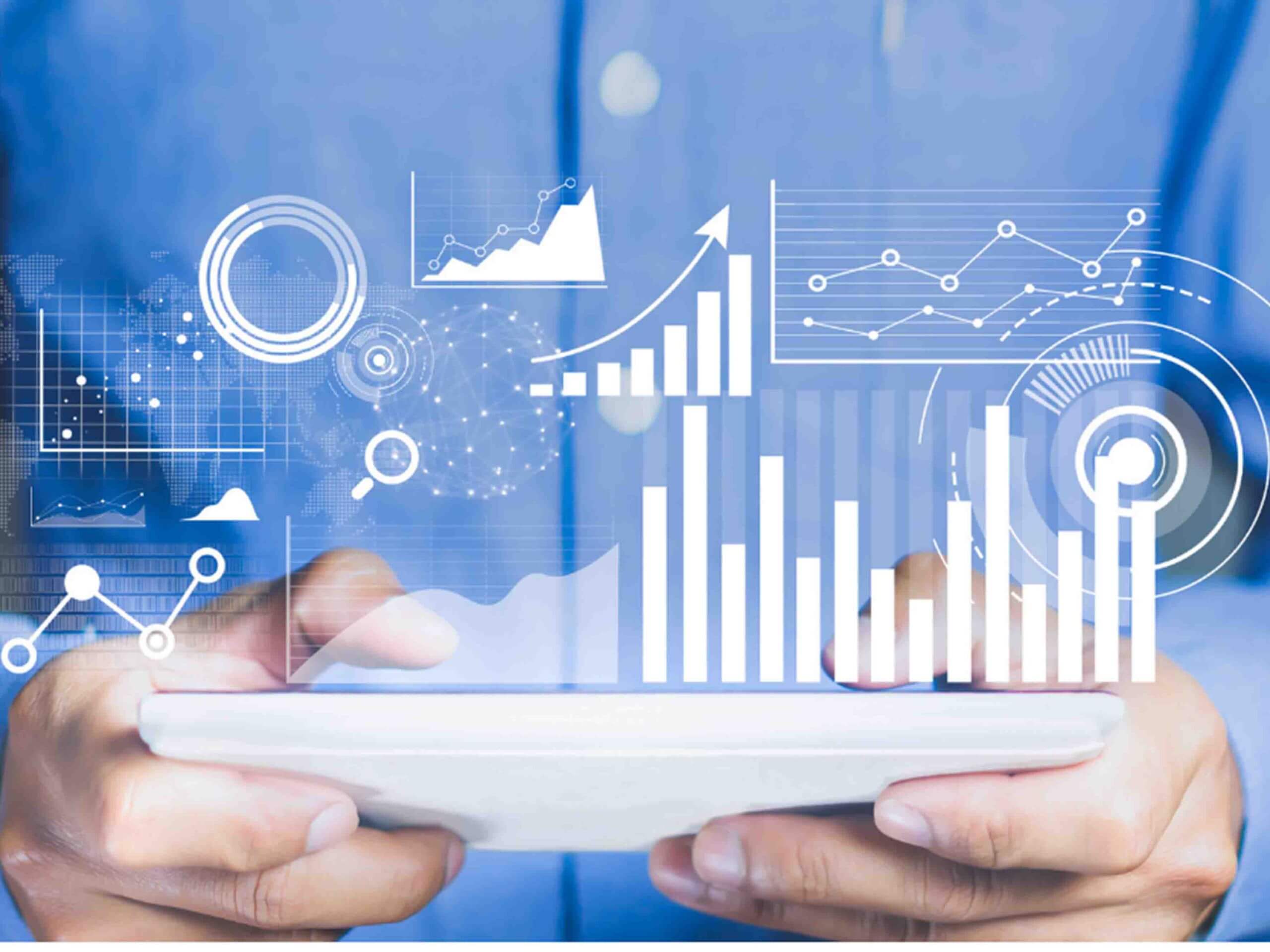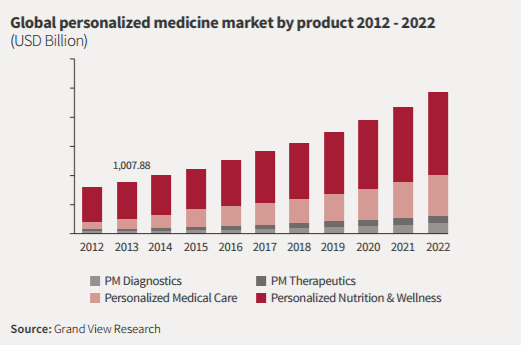

September 4, 2022
The Healthcare sector is a multi-layered department meant to prevent diagnosis and treat human-related problems and issues with the help of health experts.
In the face of the evolving tech methods and increased technical upsurge, the usage of data sciences has become a buzzword. The fast development and progression of the health industry have allowed for experimentation in every aspect of the relevant field. The healthcare sector has seen a drastic change in the past few years and paved the path for further innovation. As this sector expands, tele-health, robotics, and AI are most likely to expand their horizons beyond expectations. A study unleashes that the health industry is likely to reach $22 billion by the year-end. The application and use of big data within healthcare have increased over time. Big data are large volumes of data that are difficult to handle via typical technology or web-linked spaces. They are capable of outperforming standard storing, by treating large data sets to know the patterns or trends of any particular field.
The Healthcare sector is a multi-layered department meant to prevent diagnosis and treat human-related problems and issues with the help of health experts. The health physicians and health facilities that are provided via funding institutions aid in medications as well as appointing health facilities. Health experts are the major elements of this system, and psychology gynecology, nursing, medicine, physiotherapy are all included in it. Different sectors have different functions which are performed based on the requirement of the patients. Due to the ongoing covid outbreak, the tech and health sectors have collaborated for better treatment of patients affected by the contagious virus. The use of data analytics to study the trends has been a core assistant in quick diagnosis and vaccine production.
Research reveals that IT-backed big data tools have been a savior amidst the pandemic by exhibiting an important role in appropriate decision-making and analysis. Due to a high rate of success to track down the prevalence of Covid, big data models are being applied by policymakers to assist, manage resources, forecast virus spikes, mend medicinal care and implement precautionary procedures to curb the cause.
To curb the COVID-19 companies have relied heavily on big data and healthcare information analytics. This type of data is gaining traction over time. The availability of the health data has resulted in a greater knowledge of how to respond to people and treat them under various circumstances, particularly those linked with Covid and its variants. The patient data analytics have helped in better treatment of several individuals. PeraHealth, Amitech, Tempus are just a few names that have implied data analytics in health studies, globally. Big data analytics have the ability to uncover behavioral trends online, which can help fight epidemics by tracking internet or online activity in the early phases of a potential outbreak.
With many businesses failing to adapt when it comes to tech, it’s critical to grasp the benefits of analytics and think about how companies can incorporate it into their business. Research reveals that the expected worth of data analytics in healthcare would be $67 billion by 2026.
Big data analytics can assist in decentralizing the process and allowing for much faster analysis of large datasets. People are rapidly using cell devices to provide real-time patient data (such as flu symptoms). Which can be quickly accumulated and analyzed to track disease spread, bringing the IoT into play. The population will be safer in the long run if this data can be provided, assessed, and acted upon as quickly as possible.

compares and discovers trends using previous information. This form of investigation is most useful for answering inquiries regarding past happenings so that the future could be secured via appropriate techniques. With descriptive analytics, firms can learn about the trend of past diseases.
Also offers forecasts about what will happen in the future. This analysis is heavily reliant upon machine learning and AI techniques to foster the issues that need care. The data extracted via this method is good enough to assist in determining the right direction.
The Big Data concept is constantly thriving. As it focuses on the process of mining value from large amounts of data rather than the data itself. Big Data is gathered from a variety of sources with varying data qualities. And processed by numerous organizational units, resulting in the formation of a large database. The organizations’ goal is to manage, process, and analyze large amounts of data. The types of data in healthcare could be
The Health Foundation revealed that, although the NHS generates a large amount of data. It lacks employees with the necessary analytical skills to evaluate it. As a result, changes to improve services are being overlooked, such as enhancing diagnosis and day-to-day care. Similarly, industry experts warned that the epidemic exposed numerous shortcomings in many healthcare systems. Including poor data quality, time-consuming analytic methods, and workers missing the necessary skills to appropriately use data.
The analysis of huge volumes of data obtained from modern technologies of genome sequencing is yet another method that big data analytics can aid in the prevention of pandemics of the future. Scientists may watch a virus mutate in real-time during an outbreak and then communicate and track that data with others. Big data is also enabling a new breed of high-resolution computer-generated models for understanding big disease-related datasets and predicting how an outbreak can progress. A faster study of each of these forms of data means better collaboration and a quicker reaction to an outbreak.
Owing to the rapid tech changes chances are high that the future holds more security when it comes to healthcare. As firms are rapidly changing their tech status with an inclination towards tech that can better future conditions. The healthcare big data companies are preparing for a better tomorrow with improved health statistics overall.